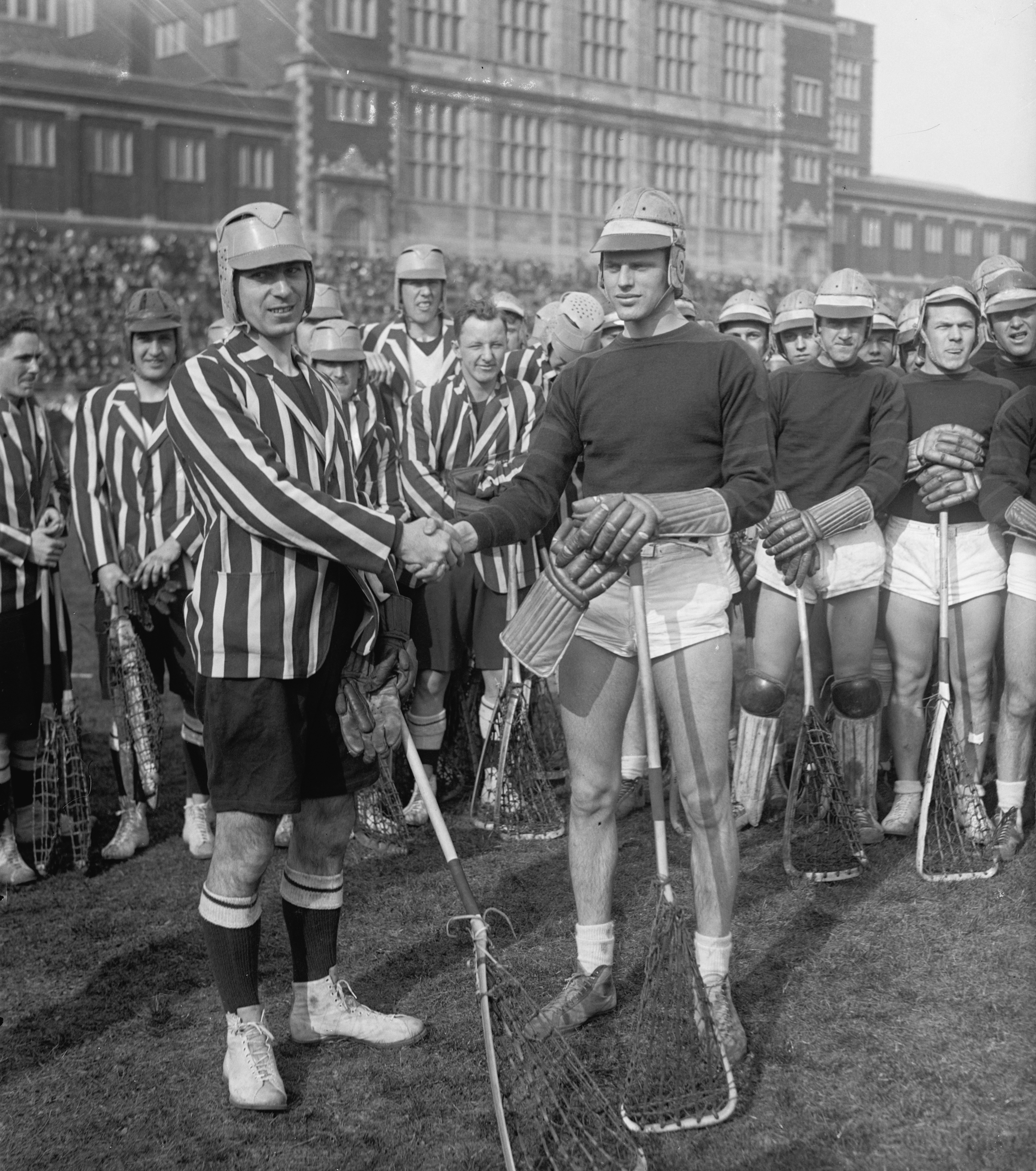Virtual Reality in Sports Injury Prevention: A Breakthrough for Player Health
In the fast-paced world of sports, the stakes are high, and so are the injuries. Athletes are always under pressure to perform, but what if technology could play a critical role in keeping them safe? Enter virtual reality (VR) — a game-changing innovation that is now being harnessed to enhance player health and minimize injuries.
Understanding Virtual Reality in Sports
In recent years, virtual reality has evolved from being an entertainment novelty into a versatile tool impacting various sectors, including sports. This immersive technology creates realistic simulations, offering athletes a unique training environment that enhances their skills while reducing the risk of injury. By engaging in VR training, athletes can face real-game scenarios without the physical risks that come with on-field practice. This not only sharpens their skills but also builds their mental resilience, enabling them to handle high-stress situations effectively.
More than just a training tool, VR is also making waves in rehabilitation for injured players. Physically limited athletes can engage in virtual training, ensuring their fitness and skills remain sharp as they recover, which can significantly reduce recovery time and aid in injury prevention upon their return.
The Science Behind VR Injury Prevention
Sports injuries often occur due to poor technique, fatigue, or simply accidents that happen in real-time competition. Traditional training methods focused on physical drills and playing time often fail to address the psychological and situational aspects of these injuries. This is where VR technology shines, addressing different facets of athlete performance.
Through immersive simulations, athletes can practice movement patterns, learn to react to different playing scenarios, and analyze their physical responses—all without the wear and tear that comes with full-contact practice. Research indicates that specifically designed VR training can enhance proprioception, which is the body's ability to sense movement, action, and location. This heightened awareness can significantly reduce the likelihood of injuries stemming from missteps or inappropriate reactions during high-pressure situations.
Key Benefits of Virtual Reality in Sports Training
Enhanced Skill Acquisition
Athletes can repeatedly practice complex movements in a safe and controlled virtual environment, allowing them to refine their skills meticulously. VR training can replicate various strategies, game plans, and environmental factors, such as different weather conditions, in a way that enhances players' adaptability during real games.
Injuries Adaptive Training
VR allows trainers to create scenarios that simulate the specific conditions under which injuries typically occur. Athletes can learn to avoid these situations and develop better techniques, which keeps them safe. As a result, less time is spent recovering from injuries, allowing players to focus on improving their game.
Immediate Feedback Loop
In traditional training, errors might go unnoticed until they lead to an injury or poor performance. With VR, athletes receive immediate feedback on their technique. VR systems can measure biomechanics, providing athletes with a clear understanding of their movements and how to improve them.
Psychological Preparation
In a competitive environment, the mental aspect of sports is just as crucial as physical readiness. VR can create high-pressure scenarios in a controlled setting, allowing athletes to learn how to maintain their composure and make split-second decisions without the fear of injury.
Case Studies: VR in Action
A number of professional teams and organizations have successfully integrated VR technology into their training regimes. For example, the NFL has partnered with various VR companies to implement immersive training sessions that place players in game-like conditions. Players have reported a significant increase in their ability to read defenses and respond to varying strategies, directly correlating with a reduced injury rate since the implementation of such programs.
Additionally, the European soccer leagues have begun exploring VR technology extensively, with clubs like FC Barcelona investing in this technology for their training facilities. This proactive approach helps players recognize and react to injury-inducing scenarios effectively.
Challenges and Considerations
While the benefits of VR in sports training and injury prevention are apparent, several challenges still need to be addressed. The cost of implementing high-quality VR training programs can be a barrier for many organizations, particularly at the grassroots level. Moreover, there is a need for continued research to refine the accuracy and effectiveness of these simulations to ensure they mirror real-life situations accurately.
Another challenge is the potential for over-dependence on technology. Coaches and athletes must balance VR training with traditional methods to maintain well-rounded skill sets and not lose sight of in-person competitive scenarios.
Future of VR in Sports Injury Prevention
With ongoing advancements in VR technology, including better resolution, more accurate motion tracking, and more immersive experiences, the future seems bright. Researchers and sports scientists are continuously conducting studies to fine-tune VR systems for sports training, further enhancing their effectiveness in preventing injuries.
As the use of VR expands across various sports disciplines, we may also see it paving the way for training methods tailored for young athletes, ensuring safe practices right from their developmental stages. Considering how adaptability is key in modern sports, VR could become standard in comprehensive training programs.
Final Thoughts
The integration of virtual reality into sports training is not just about keeping athletes entertained; it’s a pivotal step towards ensuring their health and longevity in their careers. By providing an innovative, safe, immersive environment for practice and rehabilitation, VR offers a means to minimize injuries and elevate player performance.
As more teams and athletes embrace this technology, a new chapter in sports training could lead to both improved player health and flawless execution during high-stakes games. If you’re interested in how technology continues to revolutionize sports, take a look at our articles on sports analytics and wearable technology, which delve deeper into the future of the athletic world.













